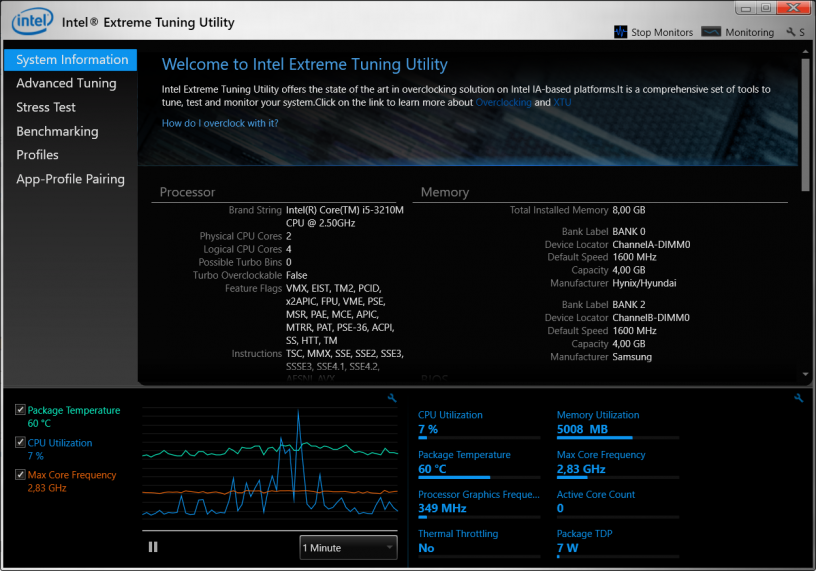
.png)
The security exploit requires physical access to the machine, and so I think for nearly all home users, that already makes this something you do not need to worry about (enterprise might be another story, though). Dell must have silently pushed a BIOS update through Windows Update that disabled undervolting to mitigate the Plundervolt vulnerability.īefore we get into how to roll back the BIOS and re-enable undervolting, we should address whether undervolting actually needs to be disabled or not. I recalled someone in my comments here on the Throttlestop guide had expressed a similar issue on their Dell G3 laptop, and then I remembered a security vulnerability that Intel had announced a few months back - then everything clicked. I checked my Throttlestop settings more closely, and lo and behold, my undervolts were all listed as 0.000mv. Hopefully Intel will be able to produce a proper fix for this vulnerability that does not involve disabling undervolting, or I suspect they are going to lose even more market share to AMD. Until OEMs and Intel find ways of mitigating “plundervolt” without disabling a key feature of the chip that has become crucial on today’s thin, light, and undercooled notebooks, I cannot recommend purchasing any 10th-gen-equip systems if efficiency or performance are your main concerns. Among his criticisms were the build quality, price, and lack of ability to undervolt. Well-known tech YouTuber Dave Lee reviewed his loaned MSI GS66. When finished, press F2 repeatedly to enter BIOS.ĭo not let the laptop boot to windows before completing steps 5-6.Īs suspected, Intel’s 10th-gen Skylake-based (6-8 core) chips in laptops are shipping with undervolting abilities disabled from some (if not all) OEMs. EC Controller may fail to patch but others will succeed. Run BIOS from Windows the system will restartĤ.


From BIOS -> Security, disable UEFI firmware capsule updates ‘ģ.


 0 kommentar(er)
0 kommentar(er)
